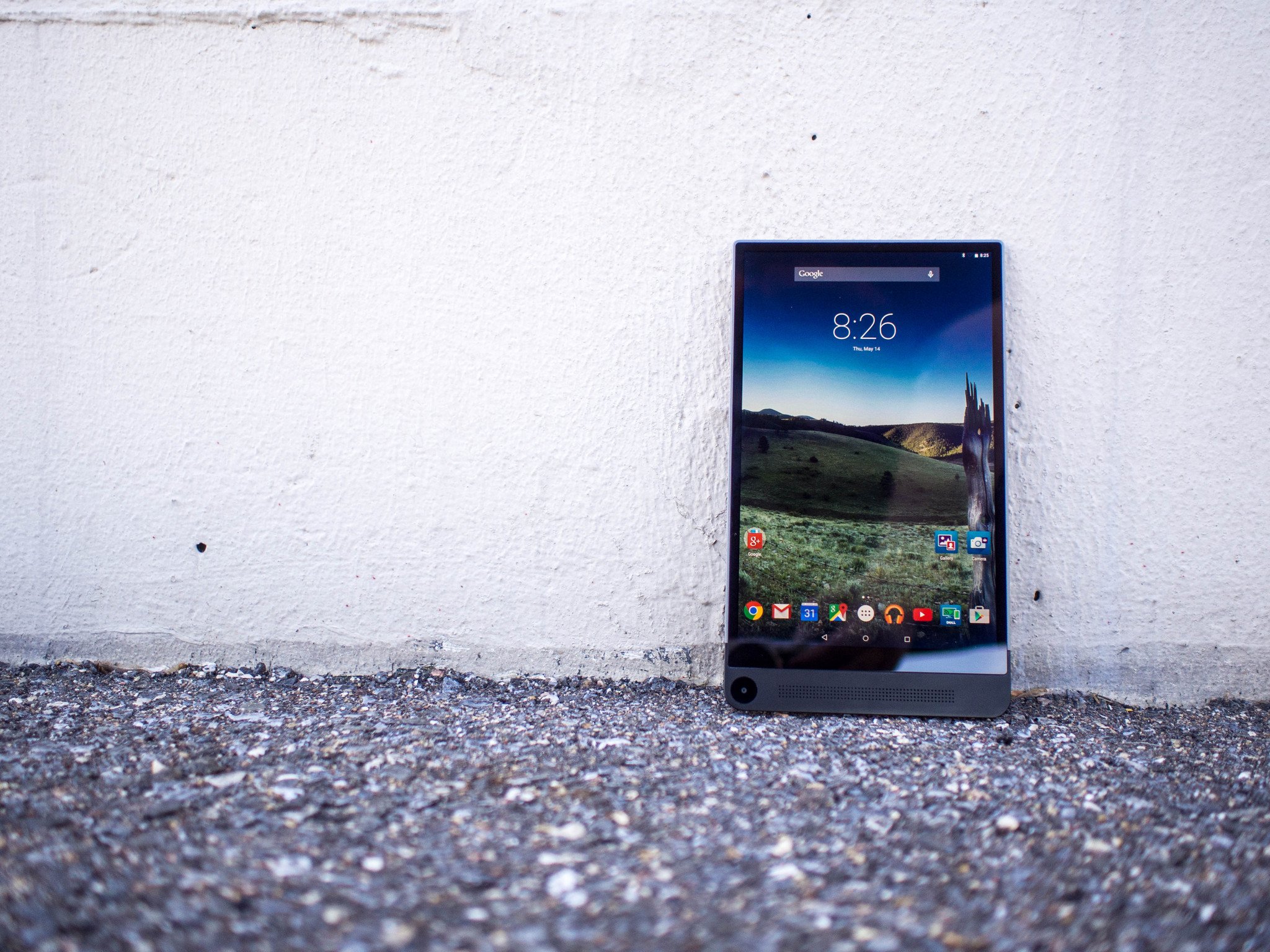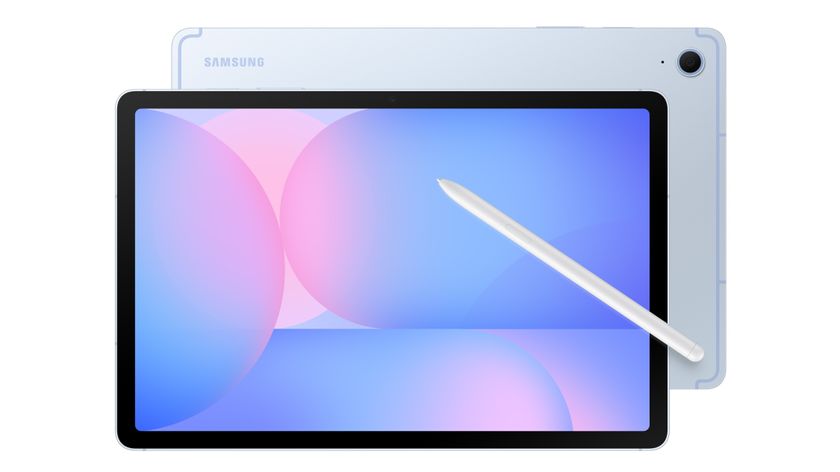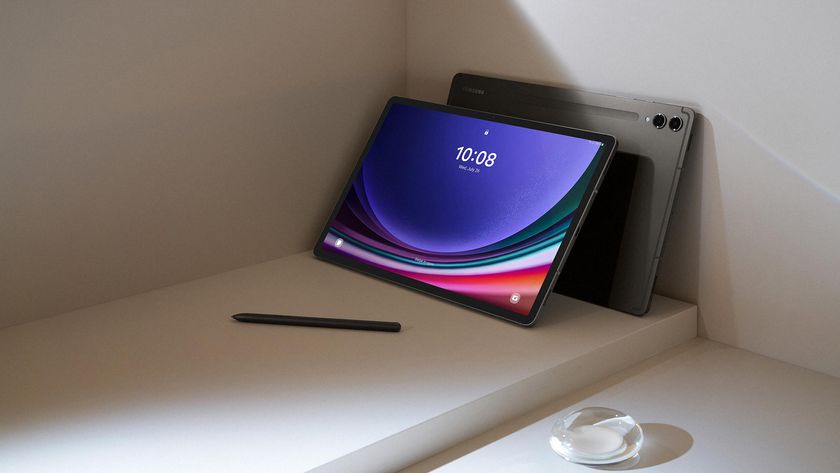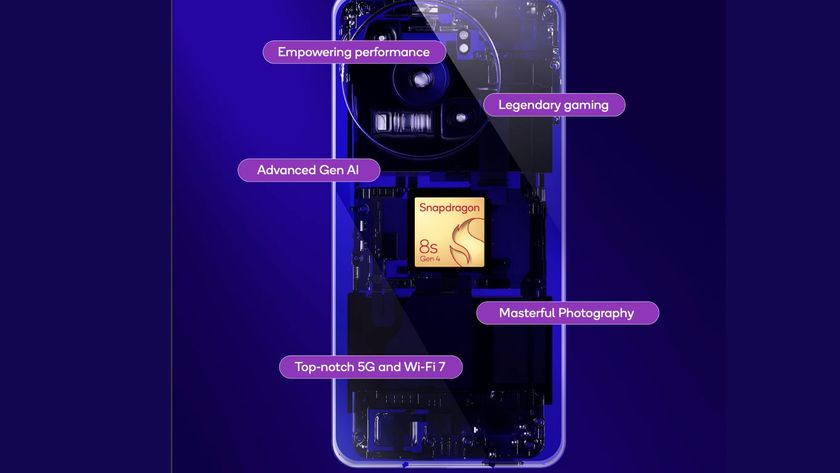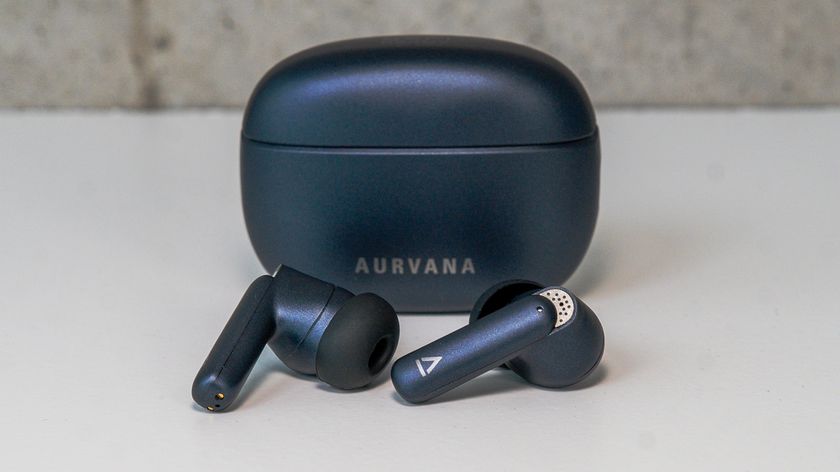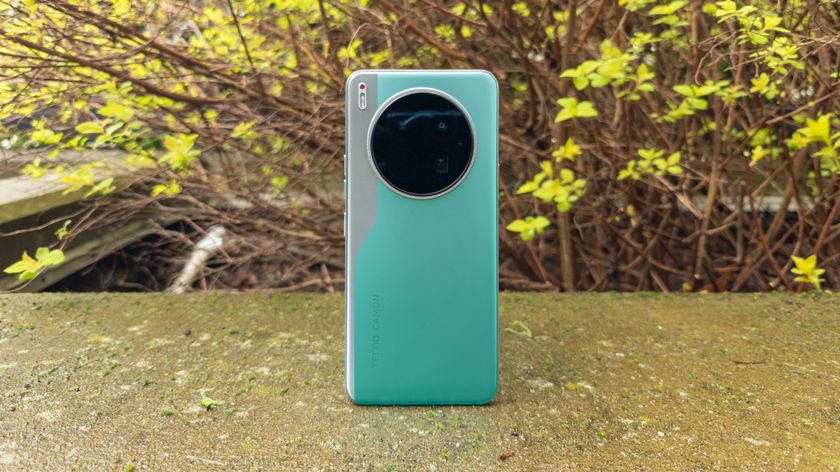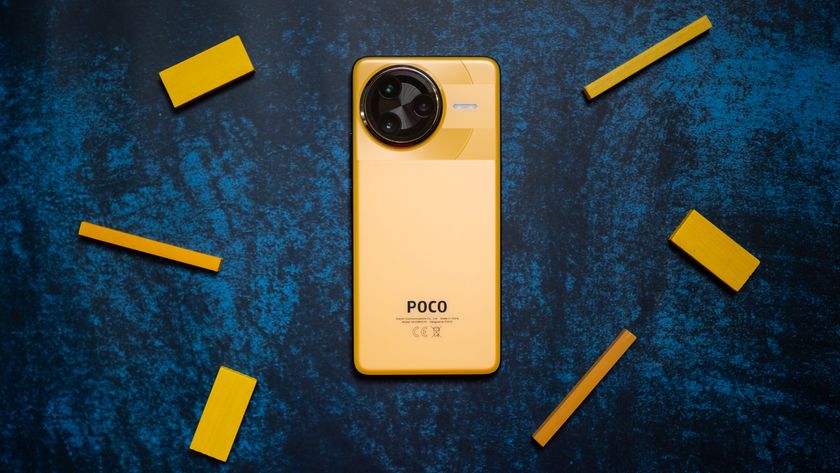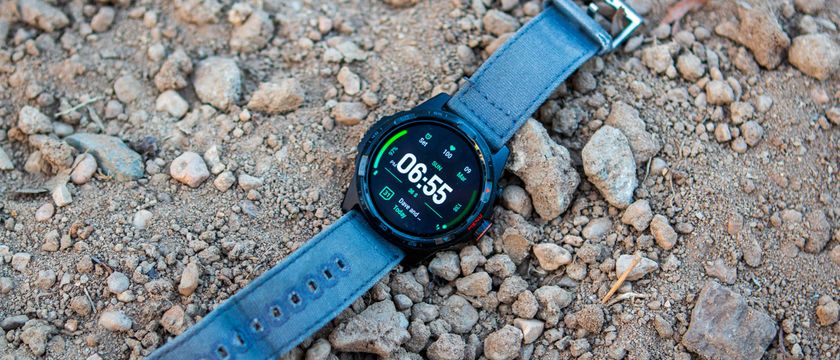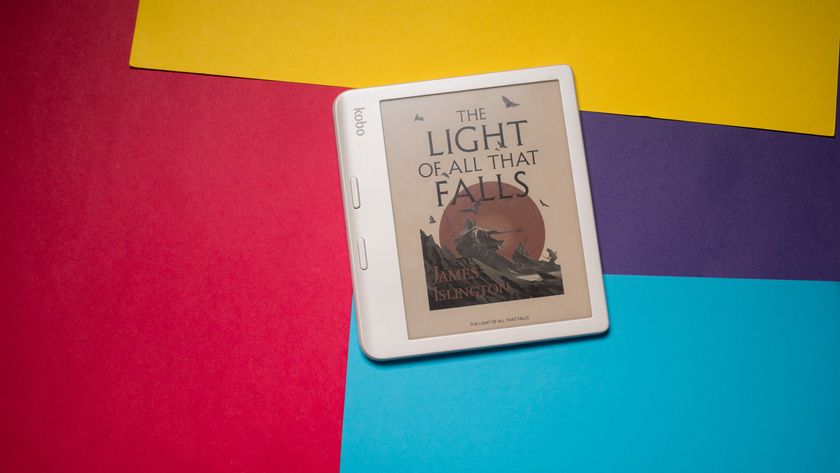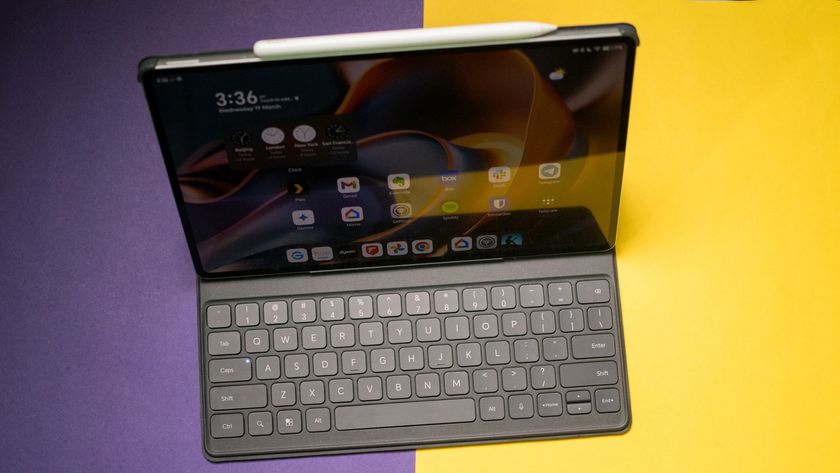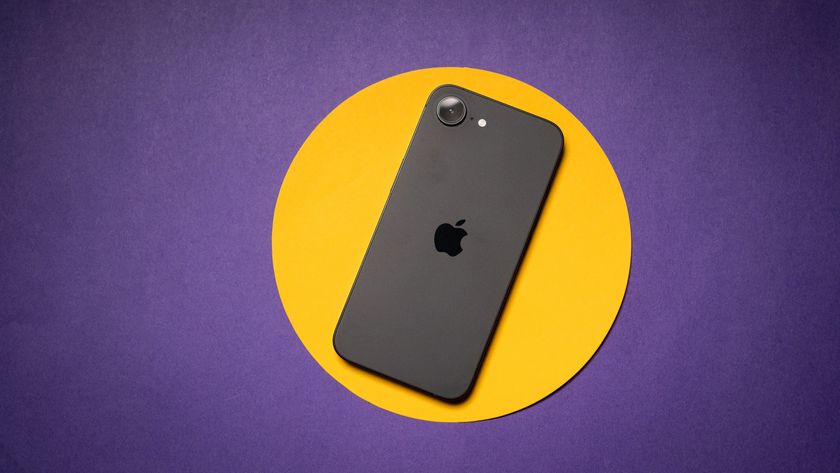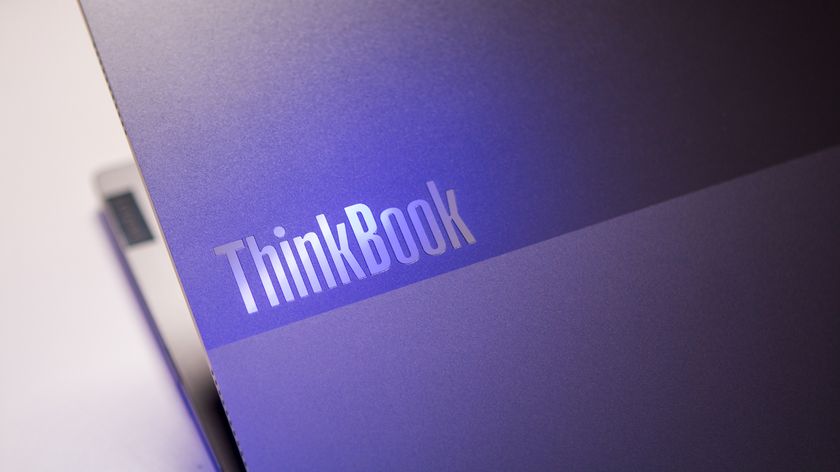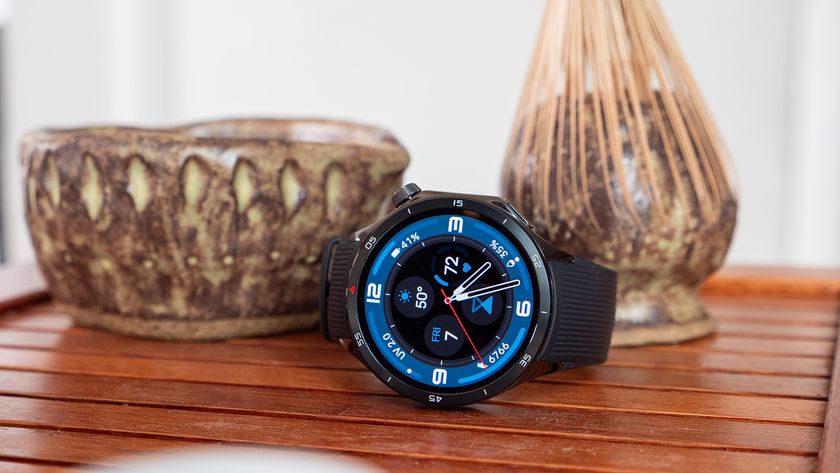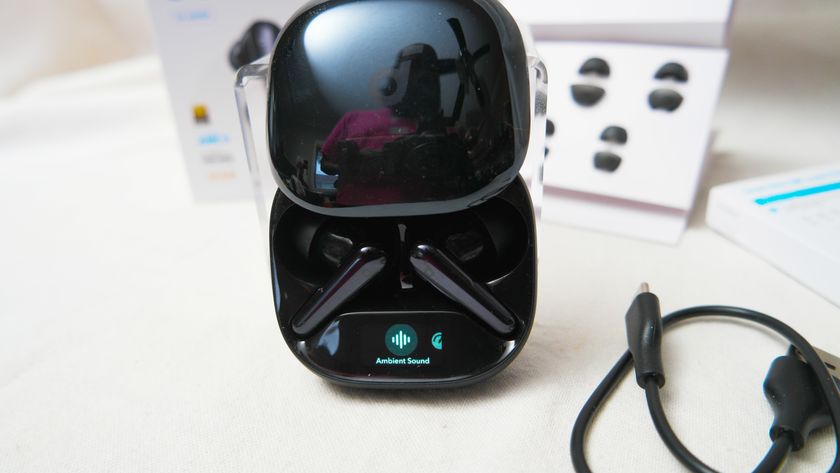It has been six long months since the Dell Venue 8 (aka the 7000 Series or the 7840) crossed our desks. And while we had plenty of nice things to say about this tablet in our review it couldn't be more clear that the biggest problems here were software-related. Dell's ultra-thin, (nearly) bezel-free, horizontally asymmetrical tablet feels amazing in your hand and handles anything you throw at it with ease. But it was running Android 4.x KitKat, and Dell's small additions to the software were clumsy at best.
Now that the big update has landed on this device, it's time to take a second look at the software running on this stunning little looker and see what happens when you give Dell and Intel a Lollipop.
This Android tablet was built for Lollipop, and in many ways sets the bar for others.
As our fearless leader pointed out in his review of this tablet, something I have agreed with repeatedly in my many months of using it, there never was a point where it felt like Lollipop would dramatically improve the overall experience here. This isn't a slight against the latest version of Android — though in fairness we've seen plenty of folks who have had less-than-stellar update experiences this time around — but it speaks to the quality experience already available through this tablet. Battery life was decent, tablet always felt snappy, and outside of a few resolution conflicts with a handful of apps and the general quirkiness found in Dell's bolted-on software, the out of the box experience here was downright enjoyable.
I take it all back. This tablet was built for Lollipop, and in many ways Dell has set a new bar for performance in the Android tablet ecosystem.
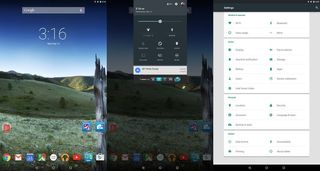
Android 5.0.2 brought this device from nice and snappy to flawlessly smooth, which is beautifully shown off through every animation, toggle flip, and keyboard tap against the 2560x1600 OLED display. The deep, flat colors fill the nearly bezel-less experience Dell has created, and Material Design feels like it was made for this tablet. Homescreen setup is cleaner with transparent navigation and notification bars, and while the icons on the bottom look smaller and closer to the launcher their touch targets are the same. Toss in Adaptive Brightness and Ambient Display, and the whole Lollipop experience comes together quite nicely.
This is mostly stock Android, just like what we used before.
This is mostly stock Android, just like when we used the tablet in the early months 2015, which means you've got a Nexus-like experience with Dell's software scattered about. Unlike the previous generation of this software, in which Dell's part was confined to apps and some subtle integration into Settings, Dell's imprint is now thoroughly woven into Android. You see My Dell and Dell Cast in the Quick Settings, and several embedded sections in the Settings panel for everything from screen calibration and Intel Smart Video to a flip to silence function — something every tablet should have in my opinion — that keeps the tablet quiet when on its face. (But because you need Dell Cast hardware to ever use that tool, and there's unlikely to ever be a good reason for your average consumer to drop $80 for screen extension and desktop-like functionality, it's kind of a bummer to see it taking up such precious real estate.)




Dell's included software hasn't changed much visually, save for one app. The Maxx Audio notification widget is higher resolution now, so it's significantly less of an eyesore. The app itself hasn't changed, right down to the odd legacy button that pointlessly hides an about page, but at least now you can define your presets once and only use the notification widget for getting the most out of the fantastic speaker on this tablet.
Like every other stock — or stock-ish — Lollipop tablet experience, the notification shade in landscape is frustrating. On KitKat, notifications and Quick Settings could be pulled down separately on opposite sides of the screen, which took advantage of the space available and generally made sense. In Lollipop, you get this narrow little pull down in the dead center of the screen when held vertically, which isn't particularly useful to anyone. With controls on the sides of the display, you can casually flick in either direction with your thumb and never really move your hand. With controls in the center, you have to let go of the tablet with one hand to pull down from the center. It's not a huge deal, but a clear usability flaw that Google introduced into Lollipop that is all the more noticeable on a tablet that can only be gripped firmly on one side due to the design.




Dell's camera software has improved as well, though you probably won't be using it instead of your smartphone camera unless you really want to take advantage of the depth and measurement features. The three-sensor formation in the back is significantly more reliable now, allowing you to take photos in reasonably bright settings and either measure the items you see in the image or use the depth information for camera effects. If you're really into the measurement and depth functionality you'll appreciate the improvement in accuracy and image quality, but unfortunately you only get either in the special depth mode in the camera after the image has been stitched together. In the single-camera mode, the photos are still largely underwhelming.
The Intel Atom processor inside this tablet also runs noticeably cooler now, especially when playing games.
The biggest overall improvement seen with Android 5.0.2 on Dell's Venue 8 is battery life, which already was pretty great. Streaming video now consumes half of the battery it used to, draining 5 percentage points after an hour of video on Hulu and 8 percentage points after a full movie on Google Play Movies. While everyone's usage is a little different, I routinely get through three whole days of use before putting this device on a charger now where before I'd be charging it every other day. The Intel Atom processor inside this tablet also runs noticeably cooler now, especially when playing games. There used to be a warm spot on the back of the tablet that would be uncomfortable to touch after 20 minutes of gameplay, but since the Lollipop update I've enjoyed nearly an hour of playing the same game before that warm spot returns.
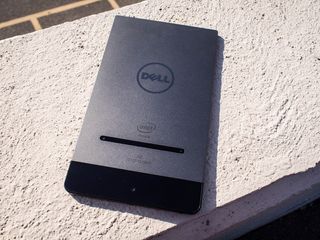
Ultimately, Lollipop on the Dell Venue 8 is a welcomed improvement. It's not perfect, and some new issues have appeared while trying to smooth out some of the rough edges, but the tablet doesn't feel like a tech demo anymore. It feels like a complete thought, something Dell could successfully sell to consumers and businesses without confusing one or ignoring the other. It's a sturdy tablet with compelling software onboard now, and were it sitting side by side with a Nexus 9 I'd probably recommend the Dell unless you were really excited by prompt software updates. Perhaps most important of all, Dell has demonstrated they know how to deliver an Android experience worth spending money on. It just took them a little while to get there.
Should you buy it? Yes
We were a little lukewarm on the Dell Venue 8 7840 earlier this year. Launching with an older version of Android when Lollipop was already available was a pretty big strike out of the box. Some sloppiness in the software was another. And launching with only 16GB of on-board storage meant we'd be opting for what we consider to be the bare amount of disk space available. But there definitely was no denying that Dell had the industrial design chops to make its new tablet able to compete with any other tablet.
The Android 5.0.2 update has made up for a lot. And Dell now offers a 32-gigabyte version of the tablet for $449 — slightly less than a retail Nexus 9 will cost you. At this stage of the game, we can safely put the Dell Venue 8 7840 on our list of tablets you should buy.
Update: As of June 2016, Dell has discontinued its Venue tablet line, and will issue no further software updates to the tablets. Active warranties will be honored, but you will not receive future updates on a Dell Venue tablet.
